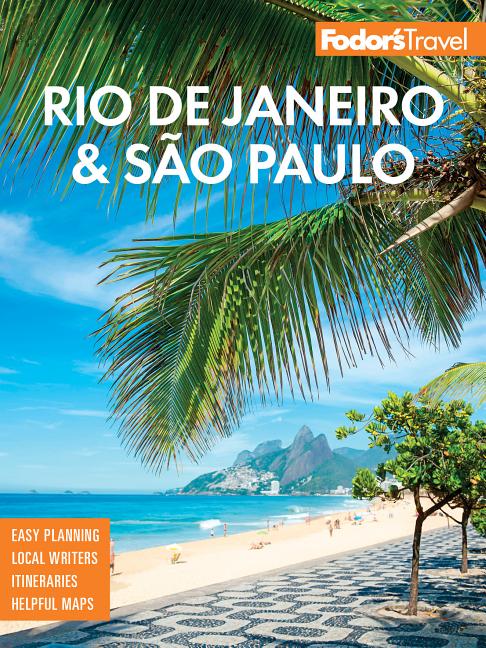Sounds of Brazil
Music is woven into the fabric of Brazilian life and is the art form that most completely translates this diverse nation’s creativity and richness. Travelers will be exposed to it throughout their visit, whether it is an upbeat forro playing on the radio of your taxi or a traditional samba coming from a local bar where musicians have gathered for an afternoon jam session. You’ll learn much about the country and the region you’re in from music, since local rhythms usually say much about the place’s unique ethnic makeup and history.
Samba
Samba, the music most associated with Brazil, was born in the mostly black neighborhoods near Rio de Janeiro's docks among stevedores and other laborers in the early 20th century. There are many varieties of it, generally all fast-paced and driven by percussion instruments including the deep bass bumbo and the smaller atabaque, tambourines, and complemented by stringed instruments like the cavaquinho, which looks like a tiny guitar.
There are great venues to see traditional samba in Rio’s bohemian Lapa neighborhood, among them Semente and Carioca da Gema. Trapiche Gamboa, in the port-side neighborhood of Saude, has great bands in a beautifully restored old warehouse.
One of the real delights of Rio is to see samba played outdoors in samba circles much as it was over a century ago. These circles often spring up without notice, but there are parts of town where musicians traditionally gather. These include Pedra do Sal, an outdoor space in Saude that hosts hugely popular samba circles on Monday and Friday evenings.
Bossa Nova
Bossa nova, which means "new trend," is a fresh, jazzy take on percussion-heavy samba. Where samba is cathartic and communal and built on drums and powerful voices, bossa nova is intimate and contemplative, with the melody up front and percussion in the background, often played with brushes for a softer texture.
Bossa nova was born in the bars of Rio’s posh south side neighborhoods like Ipanema in the 1950s. It became famous worldwide with the song "The Girl from Ipanema." A good place to hear bossa nova is Bar do Tom, in Rio's Leblon neighborhood.
Forro
Brazil’s Northeast has the country’s richest musical tradition. From these arid backlands sprung coco, xaxado, baiao, xote, axe, and frevo, among many others. The best known across Brazil is the forro, a fast, syncopated rhythm driven by the accordion and the zabumba, a rustic drum. It was brought to wealthier São Paulo and Rio de Janeiro by Northeastern migrants who left their impoverished hometowns in search of work.
Derided for years as the "music of maids and doormen," forro has gained a mainstream following. Good places to check it out are São Paulo’s Canto da Ema or Feira Moderna, a charming little bar with Northeastern fare and music. In Rio de Janeiro, the Feira de São Cristóvão—a huge indoor fair with about 700 stands selling Northeastern food, arts, and crafts—is the place to go.




